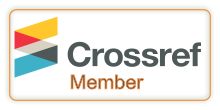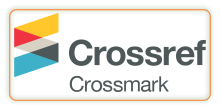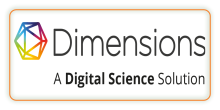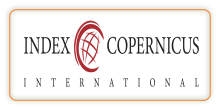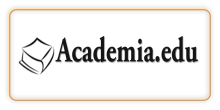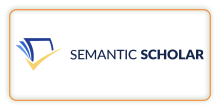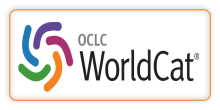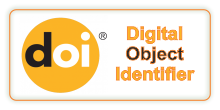AN INTROSPECTIVE STUDY ON CONTRIBUTION OF INDIANS TOWARD PHYSICS: ANCIENT ERA TO PRESENT
DOI:
https://doi.org/10.29121/granthaalayah.v13.i4.2025.6157Keywords:
Ancient Indian Scientists, Modern Influence, Indian HeritageAbstract [English]
Ancient India has been a storehouse of comprehensive knowledge, and so the origin of many inventions and discoveries of today’s modern science and technology of the world. If we look at the various scientific theories, we find that the first experimenter of each theory has been forgotten. We remember Darwin, who propounded the principle of survival of the fittest, but we have forgotten many Physicists of ancient India, who have breeded ground for many scientific advancements, including mechanics, astronomy, mathematics, metallurgy, and medicine. What is thought today by the world, ancient Indians have done it in the Vedic period. The objective of this study is to search some contributions of ancient Indian intellectuals towards the development of physics. The research presented here is based on secondary data gathered from Indian ancient books, epics, articles, websites, and web-based journals.
Downloads
References
Murty, R. S. (2018). An Introduction To Ancient Indian Knowledge Systems. Veda Darsini: An International Refereed Quarterly Research Journal, Issue I, January.
Vidya, R. (2001). Science in India: Past, Present, and Future. November 18, 2001. https://doi.org/10.1201/b14031-4 DOI: https://doi.org/10.1201/b14031-4
Ancient Science (n.d.). Scientist of Ancient India (Module VI, Ch. 15).
Mandal, A. K. (2020). Physics in Ancient India: An Introspective Study. American Journal of Engineering Research, 9(1), 1-6.
Vaishesika Sutras by Kanada describe Laws of Motion
https://www.ancient-origins.net/.../ancient-indian-sages-advanced-knowledge-science-t. (accessed on 16. 06.2020).
https://nios.ac.in>Ch 15.pdf
http://www.svvedicuniversity.ac.in/vedadarshini/volume-1/a3.pdf
Published
How to Cite
Issue
Section
License
Copyright (c) 2025 Dr. Deepti S. Deshpande

This work is licensed under a Creative Commons Attribution 4.0 International License.
With the licence CC-BY, authors retain the copyright, allowing anyone to download, reuse, re-print, modify, distribute, and/or copy their contribution. The work must be properly attributed to its author.
It is not necessary to ask for further permission from the author or journal board.
This journal provides immediate open access to its content on the principle that making research freely available to the public supports a greater global exchange of knowledge.












